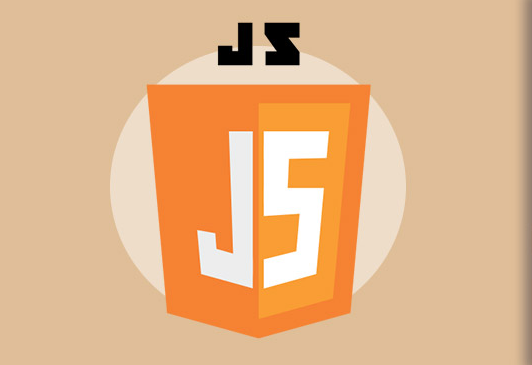Which Jump JS CDN Should You Use?

CDNs (Content Delivery Networks) have significantly revolutionized web hosting in the past few years. Instead of hosting your site as a single server, you can now distribute the files as well as load them across multiple systems.
Most CDNs have been used to host static resources like audio clips, videos, CSS files, images, and JavaScript. You will find common HTML5 shims, JavaScript libraries, fonts, CSS resets, and other assets available of public and private CDN systems. Jump JS is a small, modern, dependency-free smooth scrolling library supported by CDN.
Jump JS CDN has made a billion web pages more interactive using slideshows and other features. Though some web developers write their own JS code to create slideshows, many tend to re-use the same code.
We encourage programmers to re-use existing codes when they can to avoid wasting time writing a code that other programmers have already written. In JavaScript, we use a library to keep doing this. Also, a JavaScript file, a library, contains many functions that accomplish useful tasks for the web page.
However, web developers can find themselves with many library choices that they become confused about, which would be best to use or how to choose the right one. Here are some of the considerations you should think of when selecting JS CDN for a good developer experience:
Flexibility
Always look for signs of flexibility – how easy it is to send in configuration options. Check if there is a documented plugin architecture and whether it triggers many events to hook your code into. This is crucial because while the demos in documentation may look great, you might need to use a library in a completely or slightly different way than what was shown in the demo.
Well Documented
You should be able to find a reference of function signatures, a how-to-use guide that is more narrative, and demos of actual usage. Libraries without documentation are not the most developer-friendly.
Clean Code
While we treat open-source libraries like black boxes that we don't look inside, you may sometimes be required to dig into the library code to pass a new bit of functionality or debug an issue. We recommend taking a quick look at the code and determining how easily you can read it, and watch for any red flags such as many commented-out code lines.
Future Thinking
If you want an HTML5 "shim," opt for a "polyfill," which is a shim that can mimic the API. This way, if your users use browsers that support this technology, you will be able to stop using the library without needing to change your code at all. For instance, if you want to use video in your webpage using a library, using a polyfill that allows you to use HTML5 video tag will make it possible for it to replace with a fallback technology such as Flash on older browsers.
Active Maintenance
Because browsers change often, libraries that used to work could suddenly stop working, mainly if they relied on a quick change of the browser that has changed. This is mostly the case with HTML5 shims and polyfills because browsers keep releasing new versions of HTML5 elements.
To know how recently the library was updated, check the date in the changelog. You can also check the last commit's date if it doesn't have a changelog and the library has been hosted in an open-source repository such as Github.
Tested
To make sure the library's functionality works as expected, they need tests. Testing a library gives you the confidence that there'll be some sense of backward compatibility in the case of new versions of the library.
Responsive Community
Make sure you can figure out some of the questions you have or bugs you encounter with developers, whether that's the users or maintainers. If your users ever use the UL component from your library on a mobile browser, they should do so without any issues. So please make sure there are enough buttons, touch events, and they can scale to small screen sizes.
Browser Support
It is crucial to check if the library supports your desired browsers. Most libraries these days don't support older browsers because they have been designed to be lightweight and for mobile browsers only. However, your webpage may need to support older browsers as well.
Performance
Apart from size, other aspects of the JS CDN library can affect the performance, like graphics rendering, heavy DOM manipulation, synchronous storage calls, computation, etc. Always look for promises of excellent performance on the documentation and make sure to try it out.
In Conclusion
Pick a JS CDN library and see what you like most while using it. This will help you be more comprehensive about the libraries you want to use in your future decisions.
Power-up your Content Delivery
30 Day Free Trial Cancel Anytime